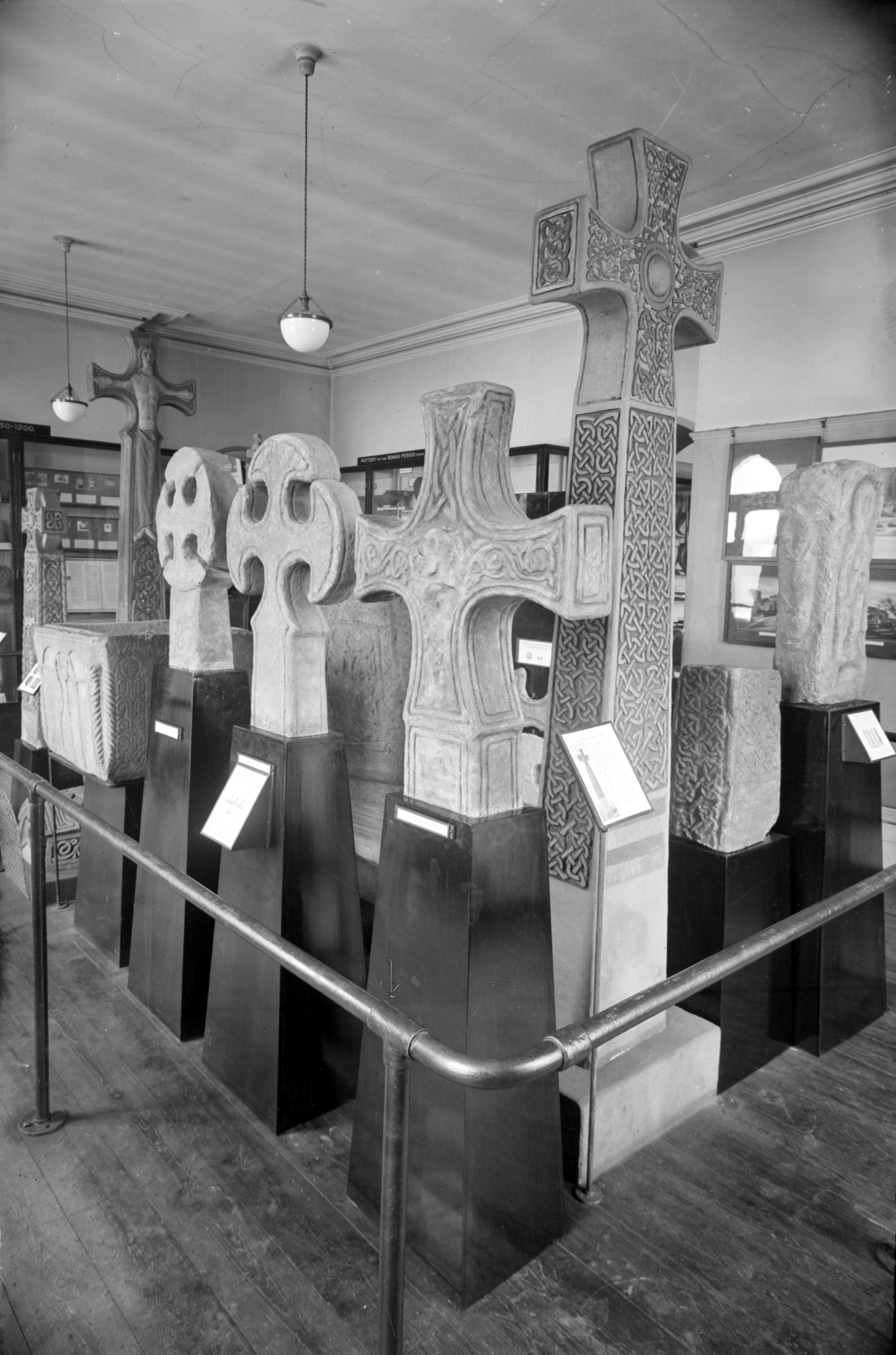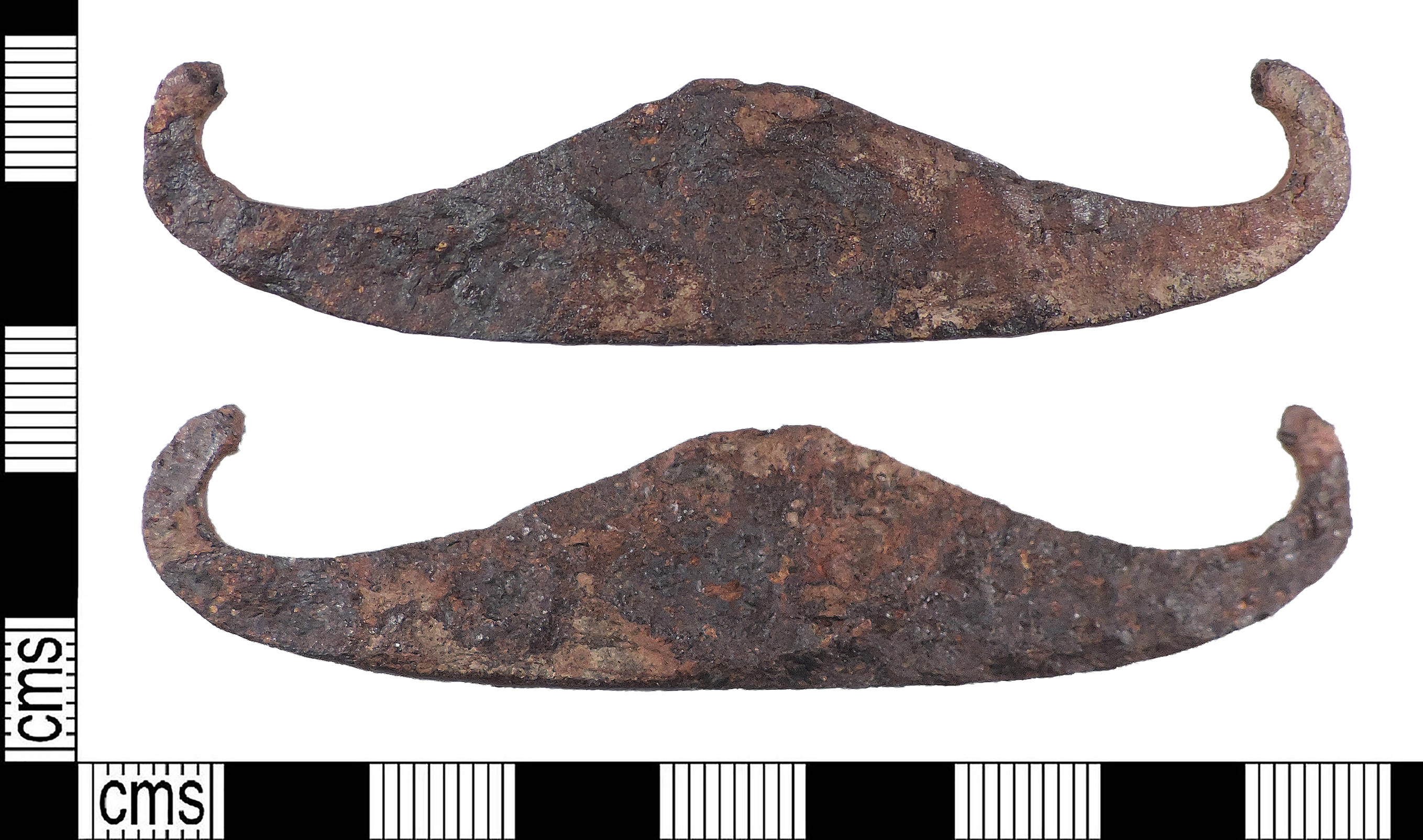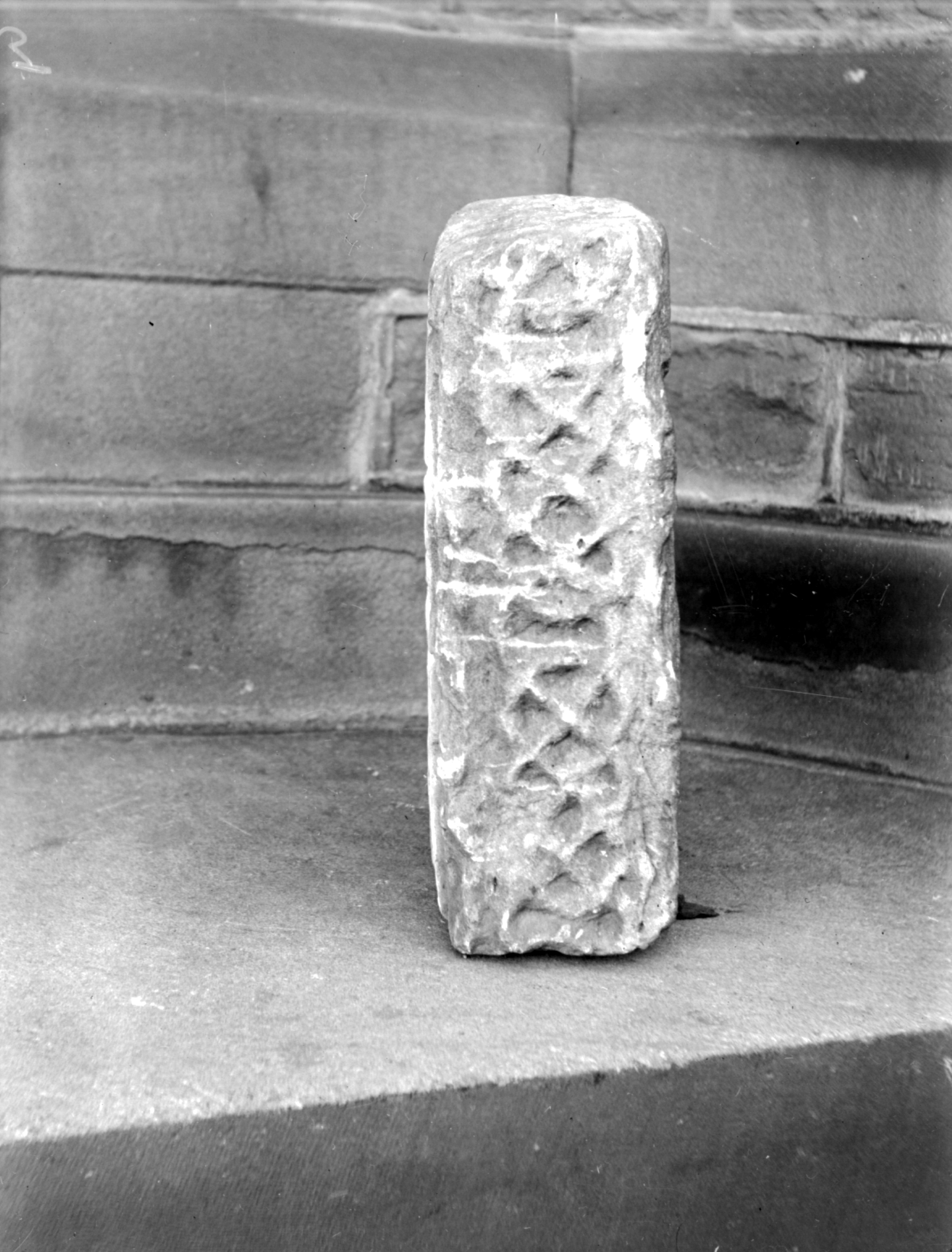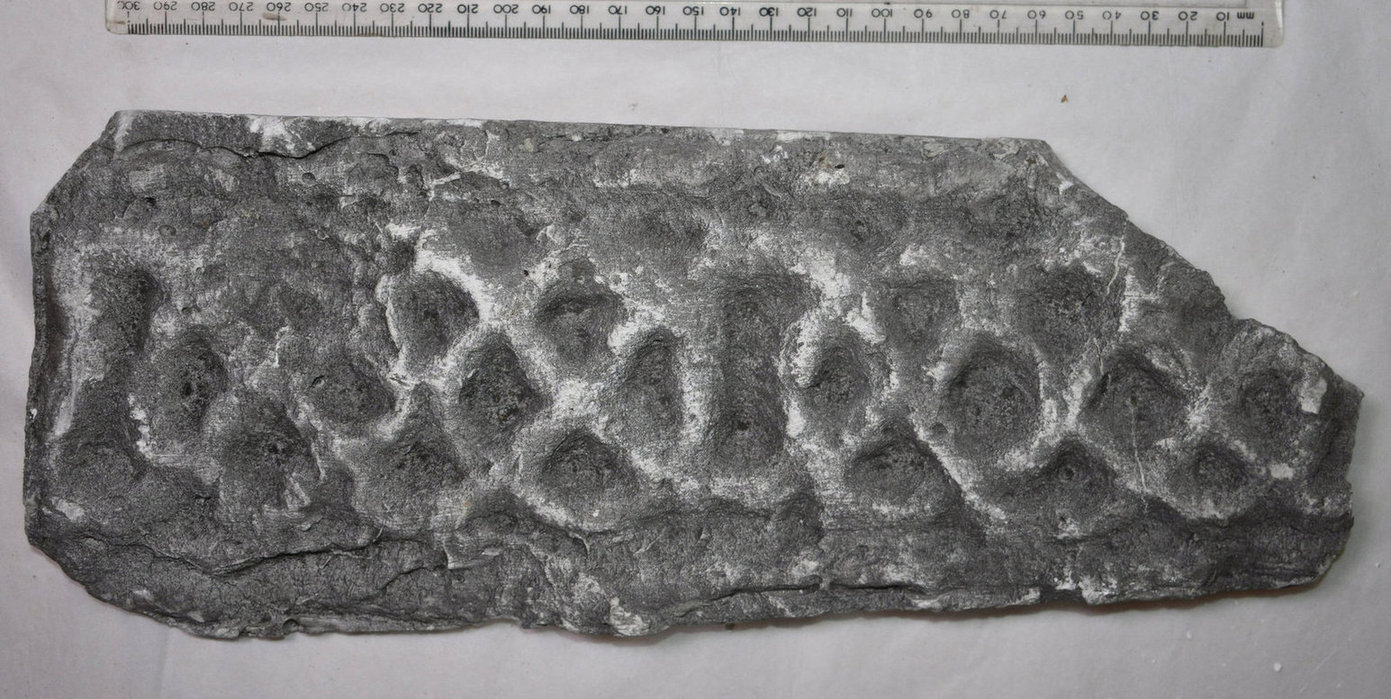This time in history is often called the ‘Anglo-Saxon’ period, but many historians don’t use that name anymore. The people who lived back then didn’t call themselves Anglo-Saxons. The name was probably made up later and might have been used to make these settlers seem more important than others.
After the Romans left Britain, Early Medieval people began to settle across the country. In the Kirklees area, one of the earliest settlements may have been at Hillhouse, though little physical evidence remains. Historians still debate whether these newcomers completely replaced, clashed with, or gradually blended into the existing Romano-Celtic population. It was probably a combination of all three, periods of conflict alongside intermarriage and the sharing of customs. This complex interaction is also reflected in place names, which preserve memories of the people and activities from over a thousand years ago. For instance, records show that an Early Medieval man, named Totta, once held land in what is now Todmorden.
In AD 617, King Edwin of Northumbria defeated the local ruler King Ceretic and took control of Elmet, bringing what is now Kirklees and West Yorkshire into the powerful kingdom of Northumbria. At this time, most communities were still pagans, but over the next few decades they gradually converted to Christianity, often influenced by missionaries from Europe and Ireland.
Daily Life
Life during this time was very different from today. Most people lived in small farming communities, growing crops such as barley and wheat and keeping animals like sheep, cows and pigs. Houses were made from wood with walls of woven sticks and clay, and roofs were thatched with straw. People worked hard from dawn until dusk, growing food, making clothes and crafting tools by hand. Religion became important in everyday life, and churches or wooden chapels were often the centre of communities. Storytelling, music and crafts helped bring people together, especially during long, dark winters.
From the 600s onwards, stone crosses and grave markers began to appear, showing the growing importance of Christianity in the area. These carved stones are some of the only surviving evidence of life in the early Middle Ages in Kirklees. Most were made as grave markers for important people such as landowners or local leaders. Unfortunately, many of these stones were broken up and reused when the Normans invaded in 1066 and began building new churches and castles.
One example comes from Kirkheaton Church near Huddersfield. When it was rebuilt in Victorian times, fragments of early Middle Age stonework were discovered — a rare and valuable link to the early medieval past. Other examples of early churches still stand nearby, such as at Ledsham and Bardsey, some of the oldest Christian sites in Yorkshire.
Although buildings from this time are rare, the influence has lasted, especially in the English language. Modern English grew out of Old English, the language the local people spoke. Many everyday words like “house,” “water,” “child” and “strong” come from this time, showing how deep their roots run in our culture and speech today.



